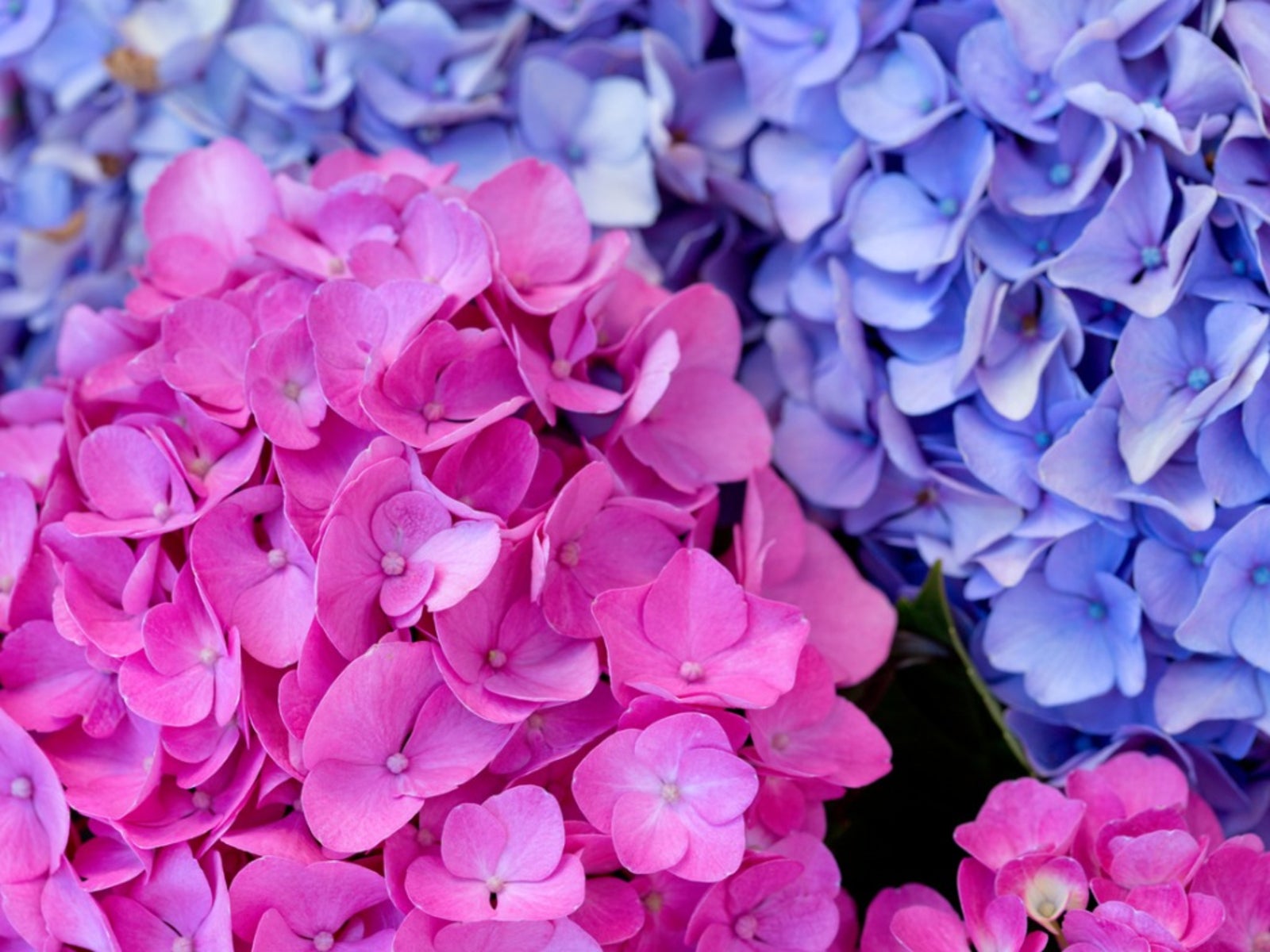Why Do Flowers Change Color – Chemistry Behind Flower Color Change


Science is fun and nature is weird. There are many plant anomalies that seemingly defy explanation such as color changes in flowers. The reasons flowers change color are rooted in science but helped along by nature. The chemistry of flower color change is rooted in soil pH. It's a walk down a wild path that raises more questions than it answers.
Why Do Flowers Change Color?
Ever notice that a variegated specimen stops producing the characteristic speckled colors? Or observed your hydrangea flowering pink one year, when traditionally it was a blue bloomer? How about a transplanted vine or bush that suddenly blooms in a different hue? These changes are common and may be the result of cross pollination, pH levels, or just a natural response to different environmental cues.
When a plant shows change in color of flower, it is an interesting development. The chemistry behind flower color is often the culprit. Soil pH is an important driver in plant growth and development. When soil pH is between 5.5 and 7.0 it helps bacteria that release nitrogen operate best. The right soil pH can also assist in fertilizer delivery, nutrient availability, and affect soil texture. Most plants prefer a slightly acidic soil, but some do well in a more alkaline base. Changes in soil pH can result due to the type of soil and the amount of rainfall, as well as soil additives. Soil pH is measured in units from 0 to 14. The lower the number, the more acidic soil.
Other Reasons Flowers Change Color
Outside of the chemistry behind flower color, there may be other reasons your blooms change hue. Hybridization is a key culprit. Many plants cross breed naturally with those in the same species. A native honeysuckle could cross breed with a cultivated variety, resulting in flowers of a different hue. The pink, fruitless strawberry Pink Panda might contaminate your regular strawberry patch, resulting in flower color changes and lack of fruit.
Plant sports are another reason for flower change. Plant sports are morphological changes due to faulty chromosomes. often self-seeding plants produce a variety that isn't true to the parent plant. This is another scenario where the flowers will be a different color than expected.
The pH chemistry of flower change is the most likely culprit, and it can be put right. Plants like hydrangea like a fairly acidic soil which produces the deep blue flowers. In more alkaline soil, the blooms will be pink.
Sweetening soil is when you lower the acid content. You can do this with dolomite lime or ground limestone. You will need more lime in clay soil with lots of organic matter. If you want to change a soil that is too alkaline, incorporate sulfur, ammonium sulfate, or use slow release sulfur coated fertilizer. Do not apply sulfur more than every two months as this can cause soil to be too acidic and burn plant roots.
Sign up for the Gardening Know How newsletter today and receive a free copy of our e-book "How to Grow Delicious Tomatoes".

Bonnie Grant is a professional landscaper with a Certification in Urban Gardening. She has been gardening and writing for 15 years. A former professional chef, she has a passion for edible landscaping.